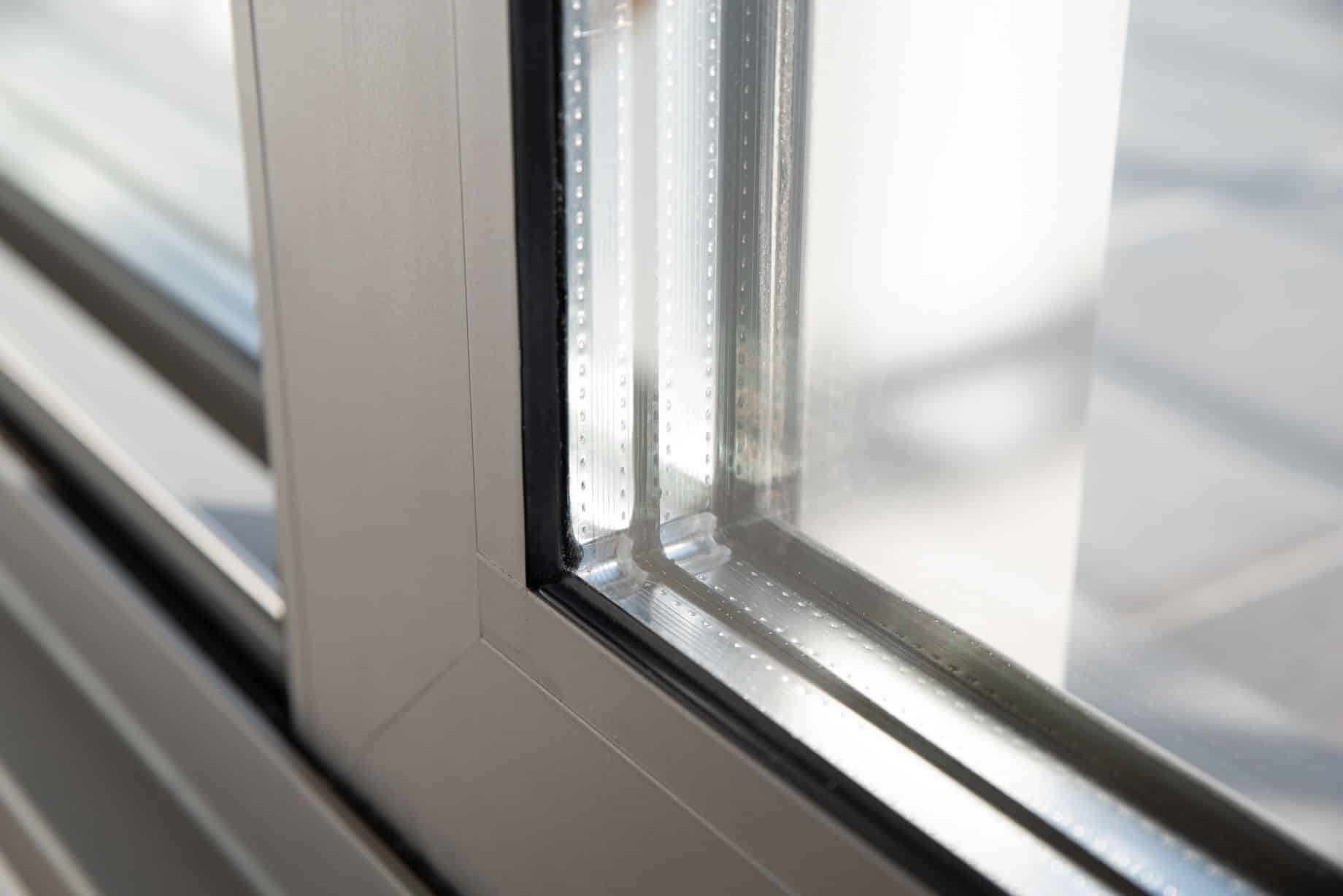Heating and cooling your home or business takes up a big part of your energy bill. One of the reasons energy escapes so easily is because of old or poorly insulated windows. Upgrading to energy-efficient thermal windows is a smart way to reduce those energy losses and lower your monthly costs. But how much can you actually save by making the switch?
According to the U.S. Department of Energy replacing single-pane windows with Energy Star certified windows can save you between 125 and 465 dollars per year depending on your climate your window type and your energy use. For double-pane windows the savings are lower but still noticeable with potential savings of around 25 to 110 dollars annually.
These windows work by using multiple panes of glass separated by insulating gases like argon or krypton. They also include special coatings that reflect heat and block UV rays without darkening the room. This helps keep your space warmer in the winter and cooler in the summer so your heating and cooling systems do not have to work as hard.
Beyond energy savings thermal windows can improve comfort by reducing drafts and blocking outside noise. They also help protect furniture from fading due to sunlight exposure. And because your HVAC system does not run as often it may last longer and need fewer repairs over time.
The upfront cost of energy eficient windows can be high depending on the size of your space and how many windows need replacing. On average homeowners spend between 600 and 1200 dollars per window installed. While that sounds like a lot the longterm savings combined with added home value and comfort can make the investment worth it especially if you plan to stay in the property for several years.
In some states there are tax credits or utility rebates available that help lower the initial cost. It is worth checking with your local energy office or asking a contractor about incentive programs in your area.
In short switching to thermal windows is not just about lowering your energy bill. It is about making your space more efficient more comfortable and more sustainable in the long term.


